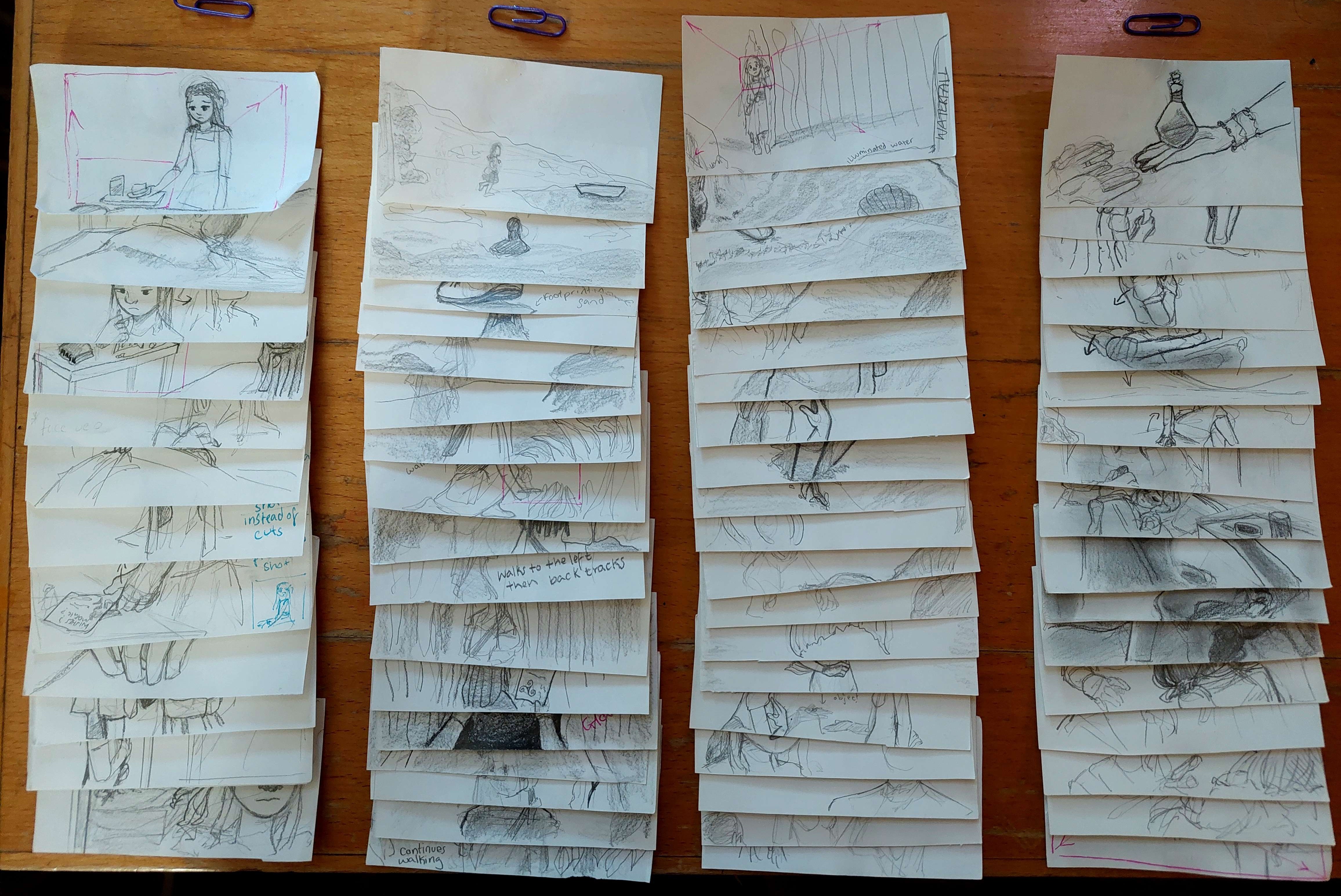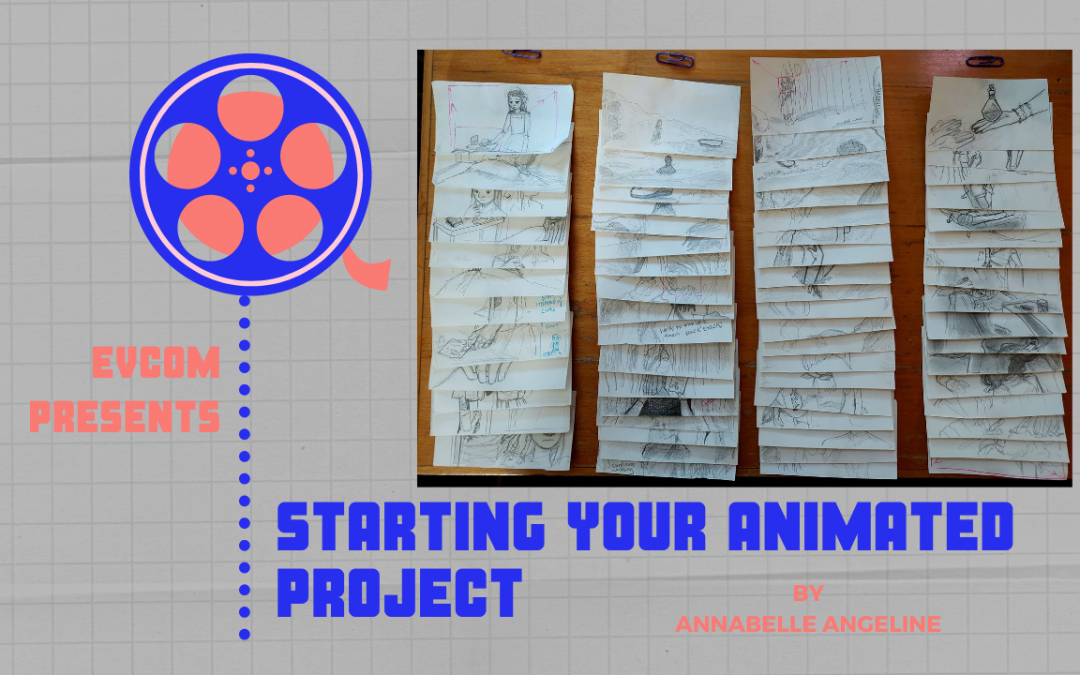By Annabelle Angeline
Despite what many people think, you don’t need advanced drawing skills to create an animation. There are some benefits, but animation comes in various forms, such as stop motion, which can be created with puppets, collages, or even Lego sets. If anything, I recommend going over the 12 Principles of Animation and studying motion (I’d suggest AlanBeckerTutorials for the Principles) in order to apply the fundamentals to your work.
Since animators produce frames at a rate of 24 per second, a 2-minute animation will need 2,880 frames. Planning your project will significantly increase your productivity because animation requires a lot of time and effort.
If you’re having trouble deciding on the subject of your animation, consider the following:
- What inspires me? This could either be from your environment or other artists whose work you admire.
- Can I adapt elements from other artforms (i.e., poetry) and implement them into my work? Like poetry, you could be liberal with your visuals and illustrate metaphors.
- Are there stories I could adapt, and give a personal touch to? Though not necessary, having a narrative can ease the storyboarding phase of planning.
- Could I use my work to bring attention to real world issues? Some of the most powerful works we’ve seen comment on our reality.
- Where am I going to showcase it? It could be presented at a film screening, published on social media, or incorporated into an immersive experience (i.e., Augmented Reality). You should consider the various requirements for each of these.
Once you’ve confirmed your idea, it’s time for storyboarding. There are many resources on storyboarding, but my advice is to be versatile and adaptable. Working on small pieces of paper will help you avoid getting drawn into the minor details and ensure that the boards capture the key motions. You should also consider using your key storyboards to create Colour Keys, which helps establish the overall look of the film.
For my 2-minute animation, the first pass of my storyboard had 66 boards; after placing them together and timing it together, the initial video lasted 3 minutes. My animation had a deadline of 5 months; therefore, I had to cut content. In my final cut, only 37 boards were used.

(My initial storyboards from January 2022)
Even if you don’t have a deadline, creating a production schedule will help you keep track of your progress. Breaking each milestone down into smaller tasks makes any project feel much more manageable, and visualising them on a calendar creates a consistent process.
I would suggest that you regularly ask for feedback from people during pre-production before you start production. Even though some aspects may seem obvious to you as the creator, the audience might not understand.
Other than animating your project, you should also be thinking about the sound of your project. What type of sound would work well for your project? Who are you going to hire for your sound production? As previously mentioned, you can be liberal with your music; it doesn’t need to represent exactly what’s happening in your visuals.
Regardless of sound, whoever you work with must be someone with whom you are comfortable enough to provide feedback. Animation production takes time, and if you’re committed to producing high-quality images, then your sound design should reflect that.
Animation is a vocation in which you are constantly learning and developing your skills, so the most important thing you need for your project is passion. When you’re feeling doubtful, your passion is what will keep you moving forward. By keeping in mind the reasons you chose to start your project in the first place, you’ll be able to see it through to completion.



